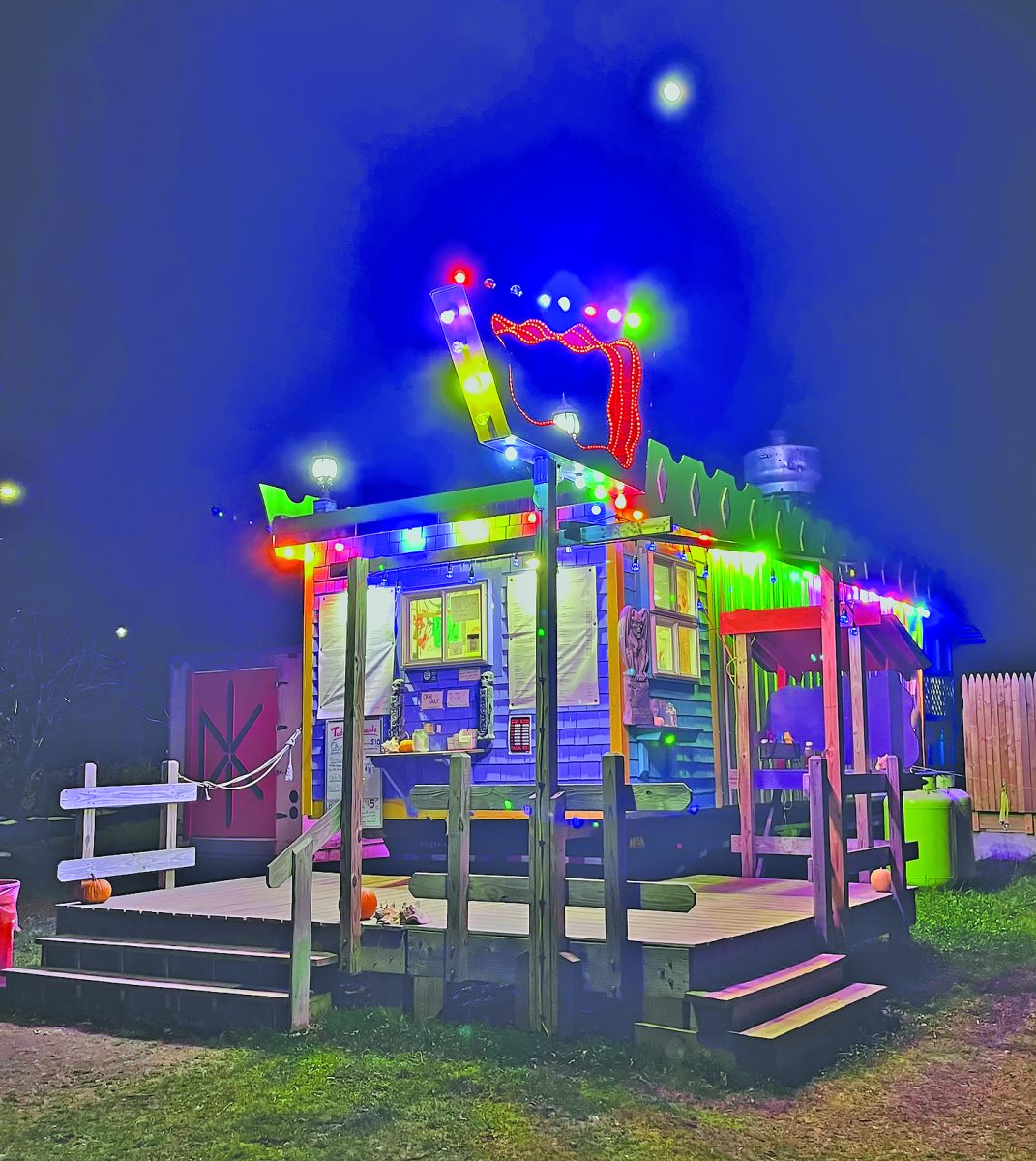Residence Life is revamping JSC’s housing for next year, implementing several new living arrangements in an effort to improve students’ residential options.
The new housing programs include several changes to Martinetti Hall, such as a section for students passionate about wellness and alternative medicine as well as a living and learning community set aside for first year students enrolled in the freshman seminar “Art of the Social Imagination”, taught by Leila Bandar, the coordinator of arts on campus. Changes will also be seen in other residence halls, such as the addition of two substance-free floors to Governors Hall.
Director of Residence Life Jeff Bickford said he has thought about introducing something like a living and learning community for years, but it was only last fall that he began pursuing the idea. The concept is to create an environment that combines education with housing in a way that will affect both beneficially. “This kind of marrying the academic and living environments and trying to sort of enhance each with the other is something that’s been used in higher ed. for the last ten to 15 years or so,” said Bickford.
The community will consist of ten rooms on the third floor of the North wing of Martinetti, which will house the 16 first year students who will be taking the seminar.
“The wellness and alternative medicine housing came about much more organically,” Bickford said, explaining how he was approached by behavioral sciences professor Susan Green about the possibility of establishing W.A.M. specific housing. Together they came up with a new residential option that Bickford hopes will be beneficial to the campus as a whole.
The new set-up is not restricted to W.A.M. students, nor will W.A.M. students be forced to live there. Instead, students will apply to join the wellness-based half of the second floor in Martinetti. “The main feature of it is that all the people who live in that section will be there because of their passion for wellness,” said Bickford.
In addition to living with like-minded people, the students housed in the W.A.M. section will be able to share their knowledge campus-wide, as they will stage wellness-focused activities and demonstrations in all of the residence halls throughout the year. “We really want to move away from thinking about wellness being just living in a building where you sign a sub-free agreement,” said Bickford. “We really want to move towards giving people opportunities for wellness programming and trying to just really promote well living no matter where you live on campus.”
Other changes to Martinetti include an overall increase in the bed count, as double rooms that had been being sold as singles will be fully utilized. Also, in response to having first year students rooming there, the third floor bathrooms will no longer be co-ed. According to Bickford, this is in an effort to prevent students taking the seminar from feeling forced to use a co-ed bathroom if they are uncomfortable with it. There will also be an extra R.A. added to the building in response to the higher bed count.
On the other hand, Arthurs Hall will be losing an R.A., as more singles will be added to the first two floors so the number of residents will be low enough for one person to cover both floors. Bickford already has to turn away more people looking to room in Arthurs than any other residence hall, and adding more singles will only exacerbate the problem. To counteract this, two floors in Governors Hall will become substance free next year.
Bickford chose Governors because he has noticed that several first year students who wanted to be in a substance-free environment were applying to Governors because of the freshman-oriented programming.




